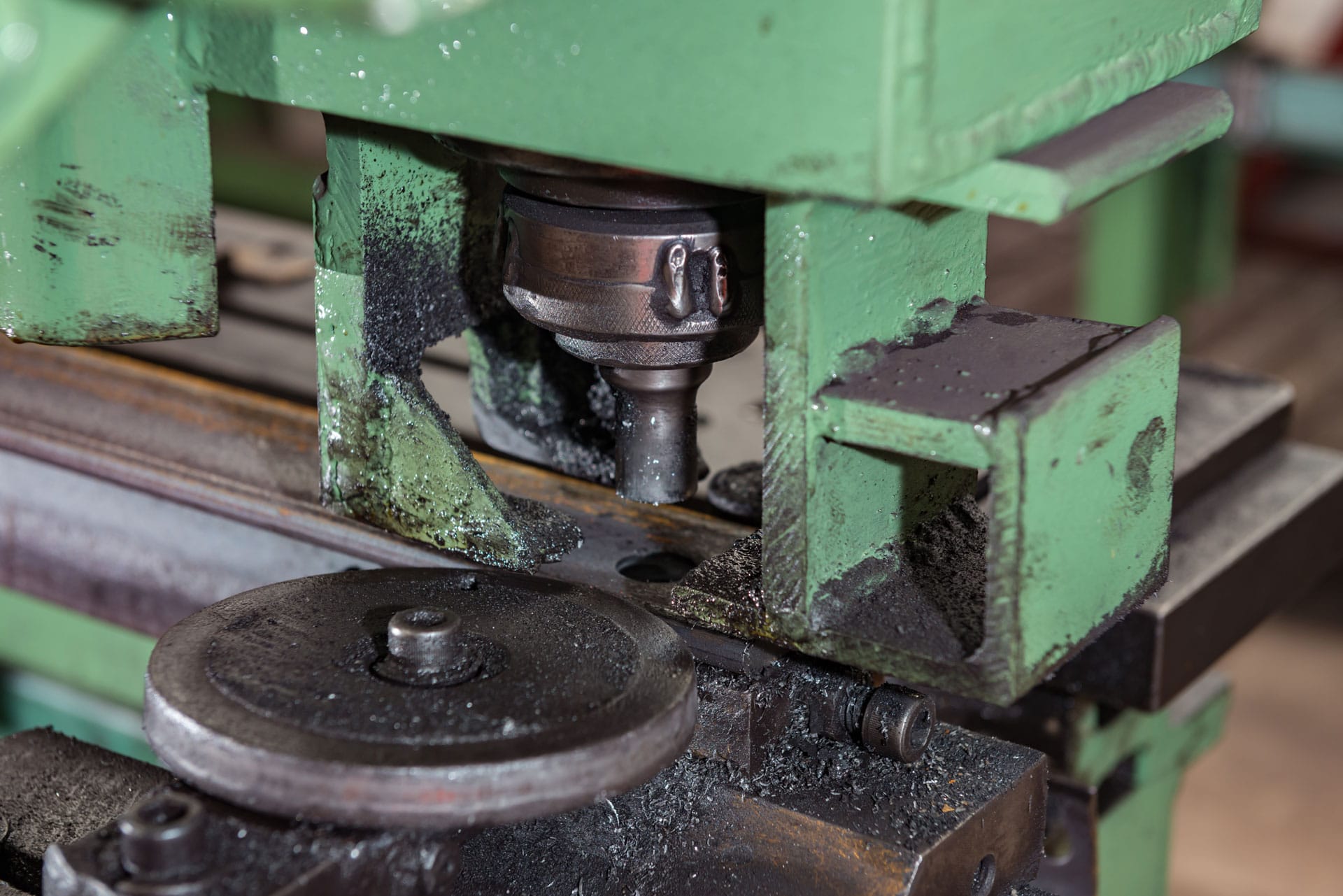Pressings
We house 13 cold pressing machines and 18 hot pressing machines with capacity up to 1,000 tonnes, allowing us to meet a wide variety of pressing requirements. This is supported by our in-house tool room, giving us greater control over the entire production process to ensure each product is made to the highest quality. We also offer bending capabilities of 1mm to 50mm thickness.
What is Pressing?
Pressing, also known as stamping, is the process of putting a flat piece or sheet of metal into a press where the die or tool forms the metal into a new shape. As with upset forging, this can either be done by using a single press of the machine, where each press produces the desired end product, or it can be done in stages using multiple presses and a number of different tools.
However, unlike forging, pressing is completed on cold metals and the impact of the blow is a powerful squeeze opposed to a single sudden bash.
The use of tools and dies is extremely important in the pressing operation as this is ultimately the shape that the metal will take. Manufacturers who undertake significant volumes of pressing activity may opt to have an in-house toolroom with toolmakers. Toolmakers are highly skills workers who are capable of producing tools or dies to meet the design needs. This helps to reduce the overall production time as there are no third party delays and if the operation is of a large enough scale, the cost savings could also be substantial.

Discover more about pressing and the operations involved.
Pressing operations include:
Punching is the process of forcing a tool through a solid piece or sheet to create a hole to match the shape of the pressing toll.
Bending is the process of re-shaping the material by bending the material along a straight line.
Blanking is the process of cutting a piece out of a sheet of metal, usually with the intention of using that shape for further processes.
Coining is the process of a design being pressed into the material e.g. the patterns on coins.
Ironing is the process of squeezing the material to flatten it and reduce its thickness.
Hemming is the process of folding over the edge of the material on itself to add thickness for greater rigidity.

